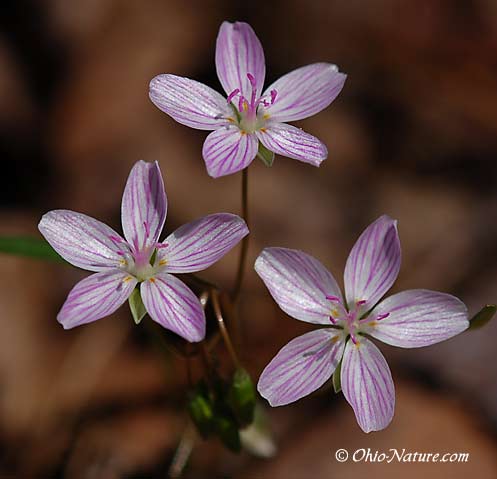
It’s springtime in a forest: an ancient race between trees and flowers.
Here’s the deal: as spring comes to a forest, the trees are still naked and bare-branched, allowing streaming sunlight to strike—and warm!—the forest floor. Warmed by the sun’s rays, underground roots send up this year’s shoots and flowers, the fresh flowers giving pollinators like native bees, also waking up just now, their first taste of nectar in the new season.
![virginia-bluebells-clifty-1-20091[1]](http://www.schuylkillcenter.org/blog/wp-content/uploads/2012/03/virginia-bluebells-clifty-1-200911.jpg?w=200)
Then, as spring quickly progresses (especially in this year’s fast-forward edition of spring), trees leaf out, their buds opening to spread an umbrella of leaves across the forest canopy, effectively blocking out almost all sunlight, a cloak of darkness spreading across the forest.
Without blessed sunlight, these flowers have a tough time photosynthesizing—making and storing the sugars they need to survive—so the flowers not only shut down but cast off their unneeded leaves, storing sugars as starches in their roots, ready and waiting for next year, when they’ll open and make flowers again.
So the flower vanishes completely—until next year.
![bloodroot-4[1]](http://www.schuylkillcenter.org/blog/wp-content/uploads/2012/03/bloodroot-412.jpg?w=300)
But come see them—incredibly lovely, remarkably quick-vanishing beauties.
